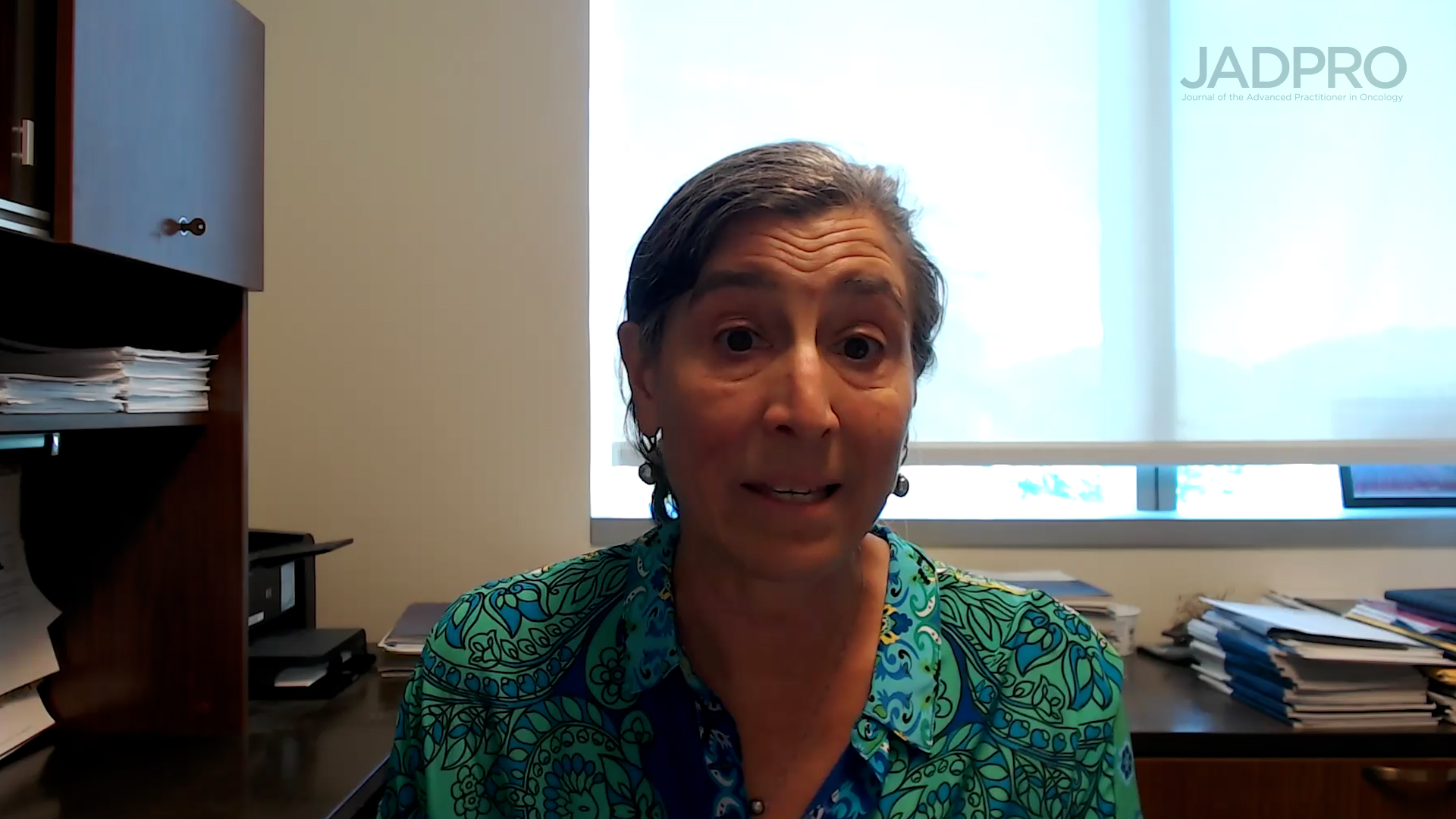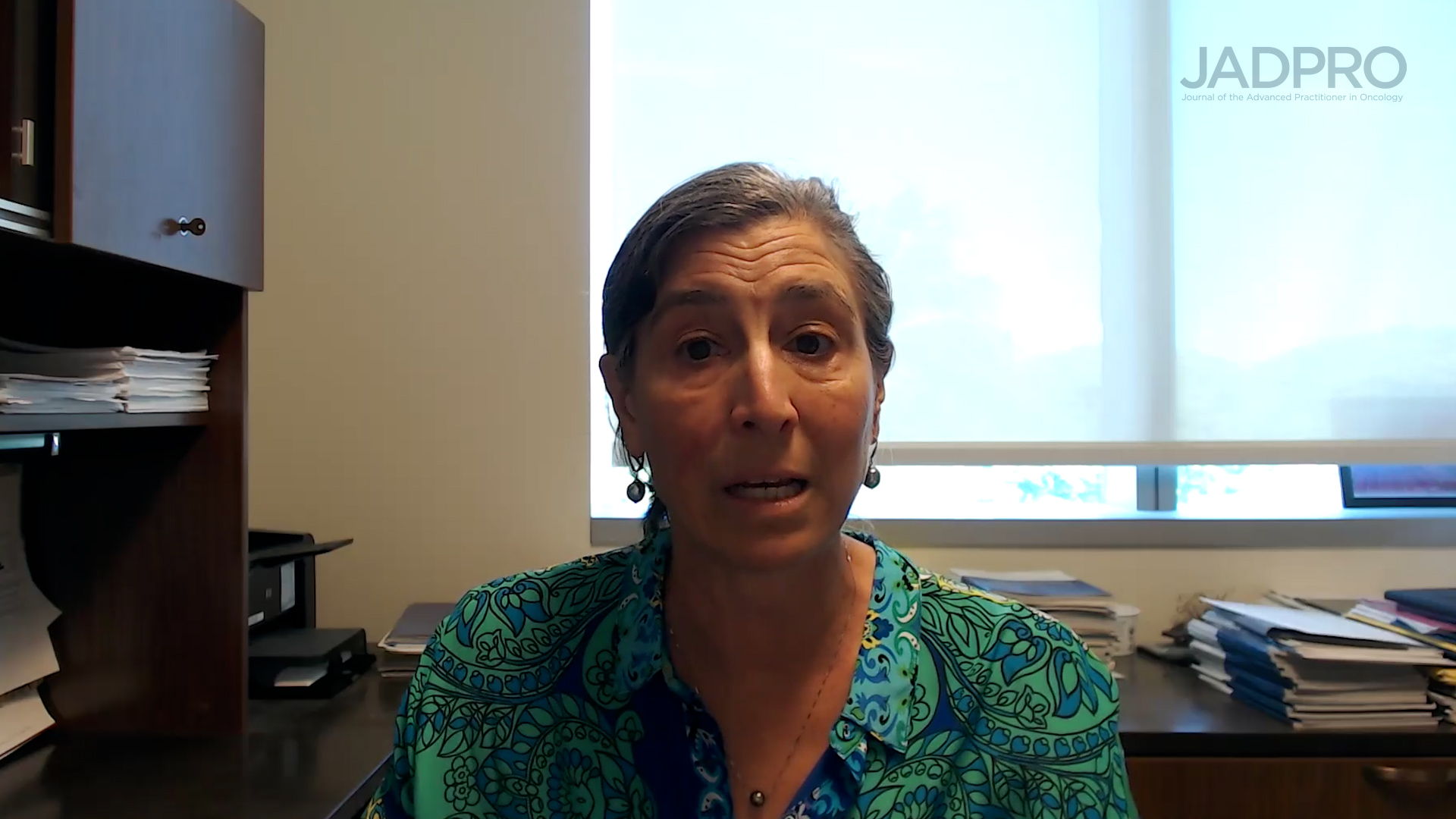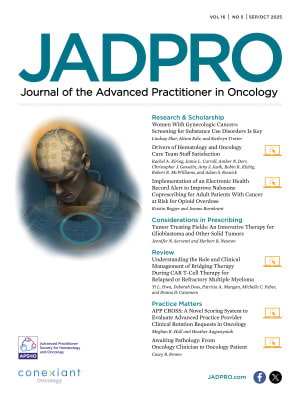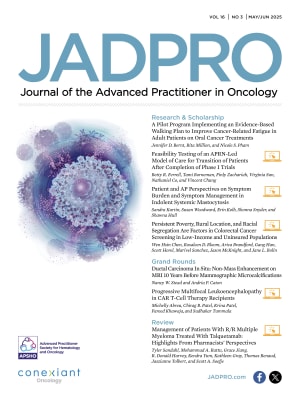Transcript
Aloha. My name is Christa Braun-Inglis. I'm a nurse practitioner and associate researcher at the University of Hawaii Cancer Center. My clinical practice is in breast medical oncology at Hawaii Pacific Health. I'm here today to discuss findings from Abstract 1004 from the recent ASCO meeting, which looked at a Phase 1/1B study inavolisib alone and in combination with endocrine therapy, with or without palbociclib. And they looked at this in relation to hyperglycemia in pre-diabetic and or obese patients.
Hyperglycemia is a common side effect of the PIK3 kinase and AKT inhibitors. Limited safety data are available for PIK3 kinase inhibitors for this patient population with pre-diabetes and or obesity. Both pre-diabetes and obesity are established risk factors for hyperglycemia. Clinical trial G039374 is a Phase 1/1B study of inavolisib alone and in combination with endocrine therapy with or without palbociclib. Of note, early phase trials like these actually look at dose limiting toxicities as well as dose escalation, so it's actually a perfect time to look at a group such as the pre-diabetic and obese group.
Key inclusion criteria for this study included PIK3CA mutated hormone receptor positive HER2 negative metastatic breast cancer, a hemoglobin A1c of less or equal to 7%, and a fasting glucose of less than or equal to 140. This analysis specifically reports on enrolled patients who had a hemoglobin A1c of greater or equal to 5.7% and or a body mass index greater or equal to 30. So again, pre-diabetic or obese and or obese patients.
Key takeaways from this specific analysis were hyperglycemia was frequent at a rate of 51%. However, hyperglycemia was manageable with dose modifications or with the addition of oral anti-hyperglycemic agents and it was reversible, so the hyperglycemia was reversible when the drug was stopped. Overall inavolisib dose intensity toleration was at a high rate of 86%. So what does this mean? This means that patients were able to tolerate a full dose of nine milligrams daily in the pre-diabetic and or obese group with a low discontinuation rate for all adverse events at 5%. And even more importantly, it was less than 1% of patients that were stopped due to hyperglycemia.
Another key takeaway I want to highlight from this analysis was that 57% of all patients enrolled in this early phase study were found to be pre-diabetic and or obese. We need to realize that the majority of our patients may either be pre-diabetic or obese, or both. Therefore, before initiating these types of agents, patients should be available for risk factors by checking hemoglobin A1c, fasting glucose and calculating the BMI. Blood glucose needs to be monitored frequently for inavolisib. The monitoring recommendations can be found in the package insert. It is also important to consult with other healthcare professionals on the management of hyperglycemia.
Finally, advanced practitioners should also think about educating patients in terms of nutrition and exercise to help optimize their glycemic control while on these agents.









